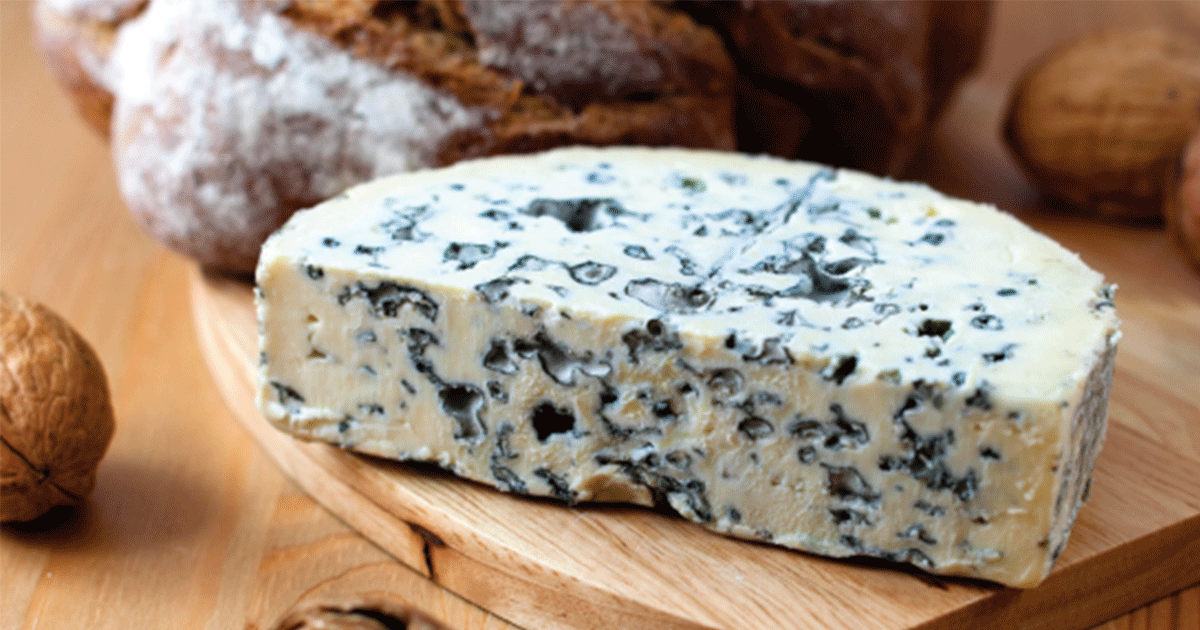TIPS |
Blue-veined cheeses are mostly made from cow’s milk, except for a few standouts like Roquefort, which is made from sheep’s milk. To achieve the blue marbling, various Penicilliums are sprinkled in powdered form into the milk or over the curds. The Penicillium types vary depending on the desired cheese. During the ripening process, needles are injected into the cheese, creating holes that allow air to enter so that the mold can grow.
Blue cheese needs long and careful aging in a temperate and humid environment to fully develop its strong character.
Blue cheeses range in flavor from sharp to robust, and from a creamy to crumbly texture, depending on the age and style of the cheese. There are virtually no two blue cheeses that are alike; it is for this reason that each cheese needs to be judged individually, on its own merit, and on its own flavor.
GOOD TO KNOW |
- Bleu cheese is mostly made of whole cow’s milk. However, did you know that some Bleu cheeses are also made of ewe’s and goat’s milk? Such as Roquefort.
- Bleu cheese was originally produced in caves as it was here that mould was more naturally present.
- King Charles VI of France, also known as the Mad King, was a lover of Bleu cheese!
- The longer a Bleu cheese ages, the drier it will get. Like for example, Bleu d’Auvergne.
- Bleu cheese can have a salty taste because salt is added so that it can act as a preservative and prevents unwanted bacteria from developing. The salt is also the reason why it tastes amazing with honey, as it is a salty-sweet combination, we suggest you try Fourme D’Ambert with honey!
- The blue mould veining in the cheese is produced by piercing it with long needles to create air passages. This allows the mould to grow and circulate throughout the cheese by creating blue veins.
- France produces about 15 varieties of blue cheese: Bleu de Termignon, Bleu de Corse, Bleu de Bonneval, etc. including seven French Protected Designations of Origin (Bleu d’Auvergne, Bleu des Causses, Bleu de Gex, Bleu du Vercors-Sassenage, Fourme d’Ambert, Fourme de Montbrison, Roquefort).






